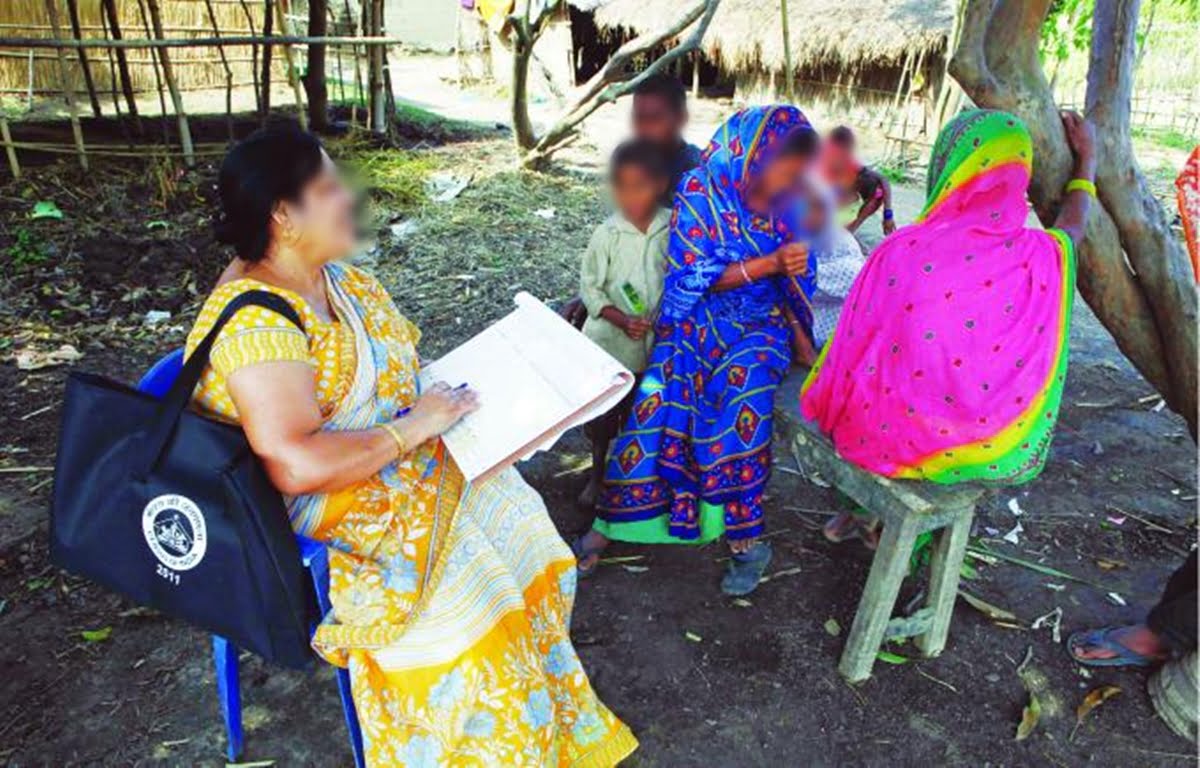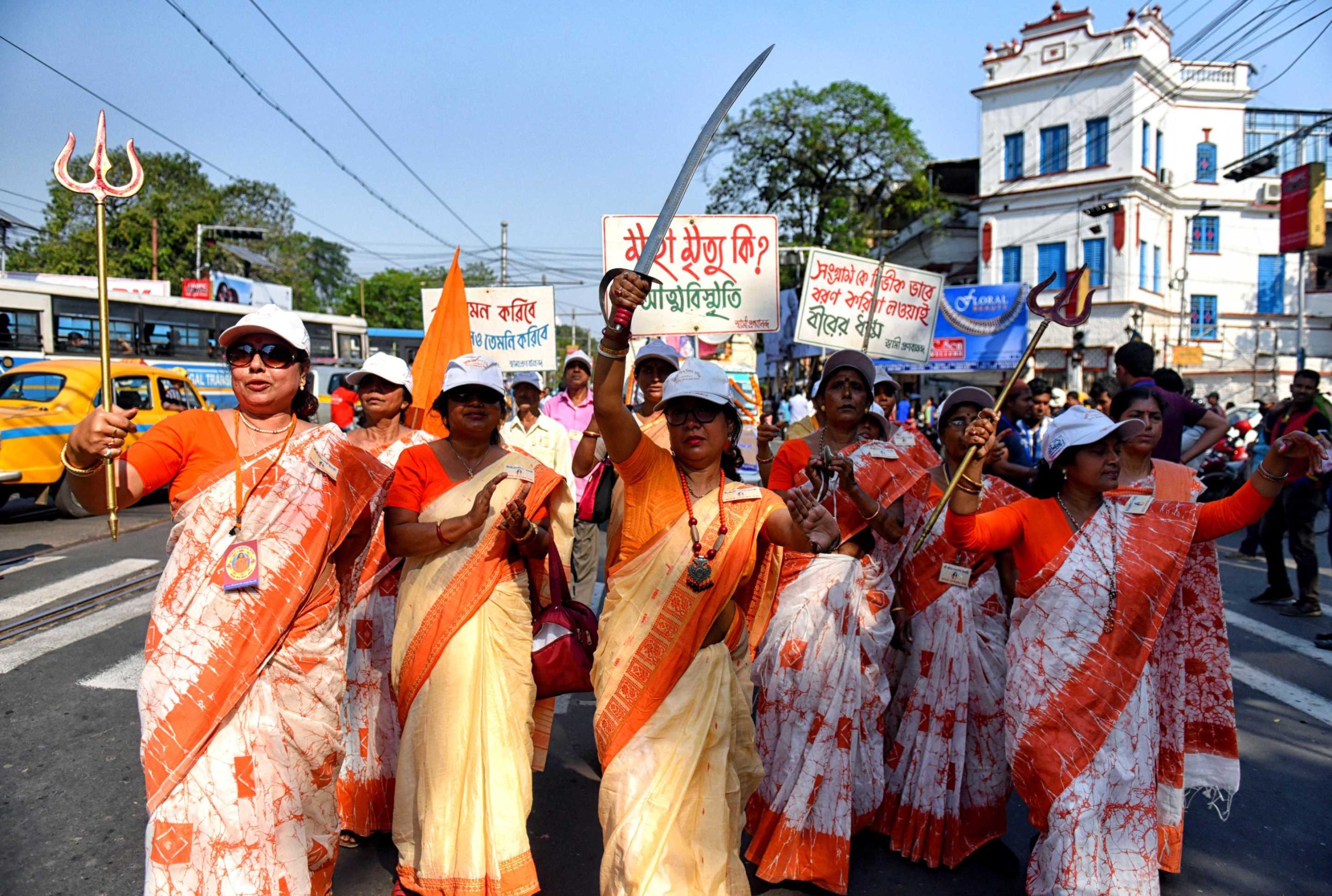In December 2021, The Home Ministry of India declared that it does not plan on enumerating caste-wise data in Census 2021 other than the data for Scheduled Castes and Scheduled Tribes. Following this, the Supreme Court also dismissed a petition filed by the Maharashtra government seeking direction to the Central government to disclose raw data about the 2011 Socio-Economic and Caste Census (SECC). The court observed that it’s the law that there should be no caste census and that the Constitution believes in population, not in caste or religion. To understand the importance of a caste census and why India’s leaders are skeptical of what it might reveal, let us first take a deep dive into the history of the caste census.
What is the Socio-Economic and Caste Census?
The socio-economic and caste census 2011 (SECC) was conducted for the 2011 census of India that aimed at collecting comprehensive data covering households in both rural and urban areas, assessing poverty line measurement. The ministry of rural development released data from the socio-economic and caste census (SECC) on the standard of living of rural households in India in 2015, but the complete data focusing on caste distribution and needs is not released yet. The ministry of social justice and empowerment has had the census for more than five years now. As of now, the Union Government, in response to an affidavit filed in September 2021 in the Supreme Court of India, has refused to release this data.
Also read: Caste-Based Discrimination Rampant In Higher Educational Institutions, Affirms Study
History
The first caste census was conducted in India in 1881. But the 1931 SECC was the last caste census data made public. Originally, this was an exercise by the British Government to determine the economic status of each Indian family to help them achieve parameters to understand poverty in the Indian population and to determine the economical level of caste groups. After independence, while the Census provided a portrait of the Indian population, the SECC became a tool to identify beneficiaries of state support. But since then, India has conducted a national survey every ten years, but the 2011 survey was the first time SECC was conducted since 1931. Since then, scheduled castes and scheduled tribes are the two social groups that find a place in the census forms because their data is required to fulfil the constitutional obligation of giving them reservation in the Lok Sabha and state legislatures.
Scheduled Castes and Scheduled Tribes are the two social groups that find a place in the census forms because their data is required to fulfil the constitutional obligation of giving them reservation in the Lok Sabha and state legislatures.
Arguments against the 2011 census
The Union Government has said that it cannot release the caste data because of the factual inconsistencies and inaccuracies in it. For example, the 46 lakh figure of caste groups have a higher percentage of the repetition of the same entries because of different enunciations and spellings across the country. However, with the resources at a government’s hand, cleaning data is not a very impossible task especially given the wide difference between the old and new data and the importance of updated data. In 2016, the Parliamentary Standing Committee of Rural Development observed that based on the 2011 Census data released to them, they concluded that “the data has been examined and 87% data on individuals’ caste and religion is error-free”.
But even if we are to completely dismiss the 2011 survey’s caste data, India needs a caste-based survey — something which the union government has refused to do because of this exercise being ‘unfeasible’ and something that could ‘endanger the census exercise itself’. But India’s development and polity needs suggest otherwise.
Why the Resistance
Professor Dilip Mandal says that India has a livestock census to know the numbers of cows, goats, pigs, yaks, etc. This data is collected for policies because policy should be based on data. But the government doesn’t want to collect caste data for better policies on oppressed caste communities. He also mentions that countries usually collect data on race, ethnicities, language, religion, gender and other factors. India also collects data on religion, language and gender. But caste has been a sort of an enigma for policymakers. It is also important to note that the Narendra Modi and Manmohan Singh governments have collectively spent Rs 4,893 crore on the Socio-Economic and Caste Census since 2011.
The major criticism of conducting a caste census across political affiliations is that caste-specific data would emphasize the divisions in the society and would increase feelings of casteism and hatred between different castes. The major argument is that to eliminate casteism, we cannot focus our energy on finding more about sub-castes and their positioning. Many groups showed their resistance by declaring that they will declare their caste as ‘Hindustani’ if asked in a caste census, thus actively maligning the data.
However, this argument is flawed on multiple levels. We cannot emancipate casteism without emancipating the groups that suffer the most because of it—and for that, we need better-updated policies and studies on what has prevented India from helping its deprived. None of that can be achieved without a new caste census. Dr Suraj Yengde, the author of Caste Matters, says that not only do we need a caste-specific dataset for the upliftment of the marginalized sections, but we also need to know the numbers of the beneficiaries of the caste system as well. He says that we have accepted a Brahmanical narrative of politics and the ‘caste census would be an opportunity to find out where we have gone wrong as a nation, what needs to be fixed, and where should the New India project begin.’
Result of misinformation
The lack of information has also led to deprived groups being left out of any welfare scheme or reservation. The Indian Express had reported that the commission appointed to examine the sub-categorisation of Other Backward Classes (OBCs) has finalized a fixed quota of between 8 to 10 per cent. This quota would be within the 27 per cent OBC quota for 1900-odd castes from among the 2,633 central lists of OBCs. As per five year data collated by the commission on the share of benefits accrued to the many communities in Central government jobs and higher education institutions, half of these 1900 castes have not availed the benefits of reservation at all, and the other half include those that have availed less than 3 per cent share in the OBC quota. This is excluding the sub-castes that currently do not even come under the OBC umbrella because of the outdated 1931 data and are completely exempted from any benefits.
Also read: Reservations For OBCs In Medicine: The Benevolent Casteism In Upper Castes’ Merit Argument
Usage
The Mandal Commission report, which was tabled in Parliament by the V P Singh government in 1990, also used the 1931 census for OBC population figures. The Justice Rohini committee, which was appointed in 2017 to look into the sub-categorisation of the OBC communities, failed to do so because there could be no data bank or any proper sub-categorisation in the absence of relevant data. The OBCs are currently being treated as an umbrella group, and many sub-castes within them are thought to be lagging behind other castes. However, no one is sure about the extent of deprivation faced by the sub-castes and hence, as a result, all OBCs are entitled to a blanket 27% affirmative action (by way of quotas in government jobs and seats in higher educational institutions).
Demand
Several parties of Uttar Pradesh such as Samajwadi Party (SP), Congress, Anupriya Patel’s Apna Dal, Om Prakash Rajbhar’s Suheldev Bhartiya Samaj Party, Sanjay Nishad’s Nishad Party and Babu Singh Kushwaha’s Jan Adhikar Party have raised a demand for SECC because of the upcoming elections in UP. Several political parties of Maharashtra and Odisha have also sought caste-based census. Apart from this, anti-caste activists and academics have been quite vocal about its need offline and online.
A caste census, which provides comprehensive data, will allow policymakers to develop better policies and implementation strategies, as well as a more rational debate on sensitive issues. All of these commissions were based on either data from the last caste census, which happens to be 90 years old or national surveys. While national surveys have their importance, surveys by definition are based on sample sizes and cannot give detailed and specific data about every required parameter.
A caste census, which provides comprehensive data, will allow policymakers to develop better policies and implementation strategies, as well as a more rational debate on sensitive issues. All of these commissions were based on either data from the last caste census, which happens to be 90 years old or national surveys. While national surveys have their importance, surveys by definition are based on sample sizes and cannot give detailed and specific data about every required parameter.
Over the decades, the politicization of reservation for vote banks and insincere debates over reservations being the enemy of meritocracy has affected the more important questions we need to ask about the current reservation policy – the NDA government’s withholding of the data from the socio-economic and caste census (SECC) poses many such critical concerns.

It is important to reiterate that the objective of a caste-based census count is not based solely on the reservation issue, but it is essential for India’s entire policymaking. We require a data set that is not outdated, tells us about the sections that deserve assistance but are not able to get any, highlight issues that need to be brought to light, bring out the, in particular, the number of marginalized or disadvantaged people, and their jobs and socio-economic conditions.
There is a large body of scientific and academic work by a range of social scientists that claim that India’s decision to not have a caste-based census has been historically one of its biggest mistakes in overcoming its challenge of caste discrimination. It is important to not confuse being caste blind with being casteless. To abolish caste and primarily caste-based violence, it’s far more important to first abolish caste-derived privileges and to do that, the nation ought to first map castes and their socio-monetary popularity privileges/deprivations, that’s what a caste census seeks to do.




